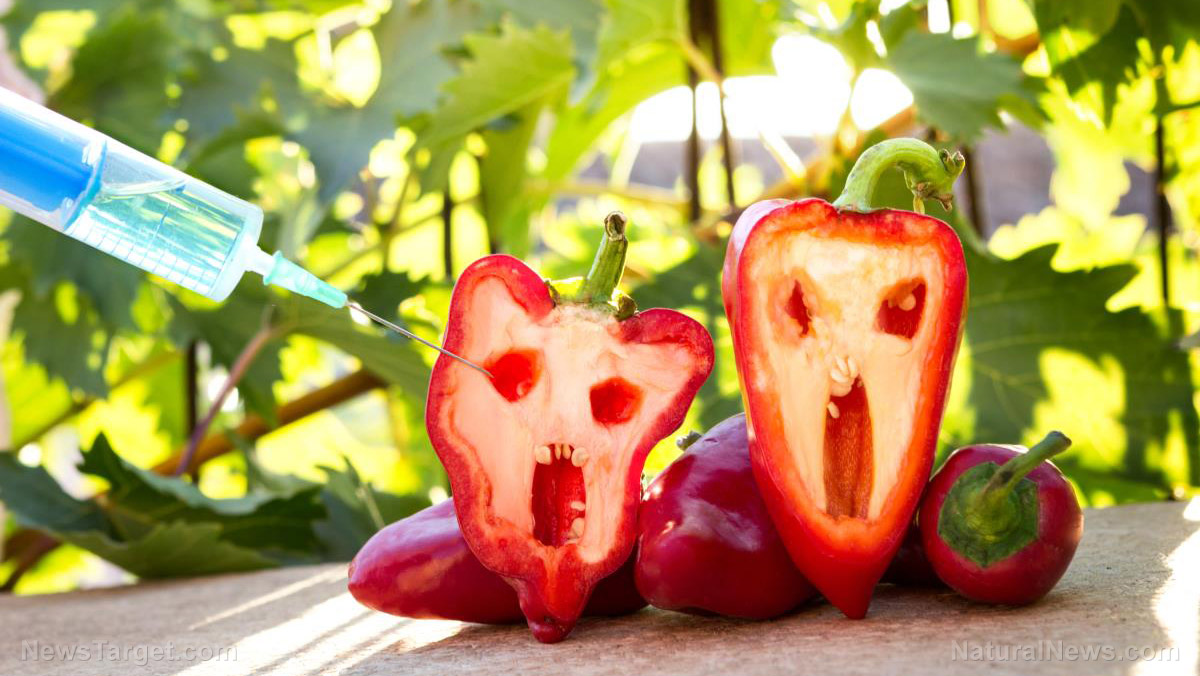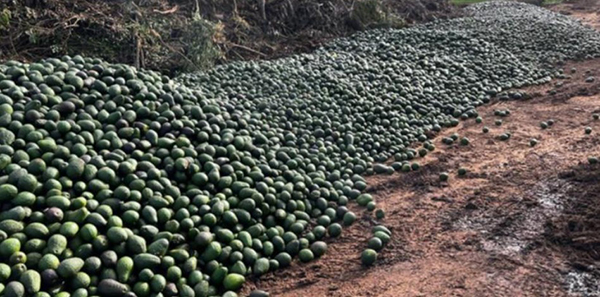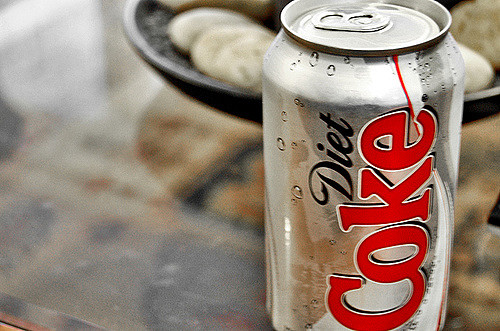Research suggests fermented pumpkins can regulate blood sugar levels in diabetics
04/16/2019 / By Michelle Simmons

Diabetes has been growing in prevalence all over the world. Unfortunately, many people with this condition rely on synthetic anti-diabetes drugs that have harmful side effects. Because of this, researchers continue to search for more effective and safer medicines from natural substances. A team of researchers from the Universiti Sains Malaysia and Yeungnam University in South Korea developed a fermented pumpkin-based drink that may be useful in the management of diabetes.
The research team aimed to develop a beverage that can be used as a carrier for probiotics and be consumed as a natural remedy for diabetes. For their study, they used pumpkins, which are rich in insulin-dependent sugars. The team used fermentation in the development of pumpkin-based drink, wherein the microorganisms could use the sugar during fermentation. The fermentation process reduces the insulin-dependent sugars for the drink to be more suitable for people with diabetes. It also improves the food safety levels, prolongs the shelf life, and enhances the availability of certain nutrients. The researchers used Lactobacillus mali K8 isolated from kefir grains for the fermentation of pumpkin-based beverage.
Published in the journal Food Science and Human Wellness, the results showed that survival rate and alpha-glucosidase inhibitory activity of L. mali K8 in fermented pumpkin-based beverage were maximized. The fermented drink also reached high survival of probiotics, excellent sensory acceptability, and stable alpha-glucosidase inhibitory activity. After treatment with simulated gastrointestinal fluids and four weeks of cold storage, L. mali K8 retained up to 88 percent survival rate.
To conclude, the findings of the study suggest that the fermented pumpkin-based drink may be used in managing high blood sugar.
Why are pumpkins good for people with diabetes?
Many studies have shown that pumpkin may be helpful to people with diabetes. In one animal study published in the Journal of the Science of Food and Agriculture, for instance, Chinese researchers have found that pumpkin extract exhibits insulin-like effects that could help regulate blood sugar levels. Pumpkins also contain substances called trigonelline and nicotinic acid, according to another animal study published in Bioscience, Biotechnology, and Biochemistry. These substances may help reduce insulin resistance and slow the progression of diabetes.
Another study, which was published in the Journal of Medicinal Food, has revealed that there are certain types of antioxidants in pumpkins that may help reduce blood sugar levels. In addition, pumpkins contain substances called protein-bound polysaccharides that can lower blood sugar levels and improve glucose tolerance, according to a study published in the journal Plant Foods for Human Nutrition.
Fermented foods and diabetes
Most fermented foods are probiotics, which help keep the gut healthy. Studies have shown that changes in the gut microbiome may affect a person’s risk for obesity and Type 2 diabetes. Incorporating fermented food into your diet produces positive effects on insulin sensitivity.
The acids in fermented foods can lower blood sugar levels. They work by inhibiting carbohydrates from entering the blood and converting into blood sugar, which in turn, decrease blood sugar spikes. In addition, these acids also help the pancreas work better because most fermented foods are already pre-digested, making it easier on the pancreas. Some of the best probiotic foods people with diabetes can try include sauerkraut, kimchi, kefir, natto, tempeh, and miso. (Related: Fermented tea protects the liver from oxidative stress with antioxidant properties that regulate glucose levels.)
Read more news stories and studies on natural ways to treat diabetes by going to DiabetesCure.news.
Sources include:
Submit a correction >>
Tagged Under:
alternative medicine, blood glucose, blood sugar, diabetes, fermentation, fermented, food cures, food is medicine, high blood sugar, hyperglycemia, natural cures, natural healing, natural medicine, natural remedies, probiotics, research
This article may contain statements that reflect the opinion of the author
RECENT NEWS & ARTICLES
COPYRIGHT © 2017 FOOD SCIENCE NEWS



















